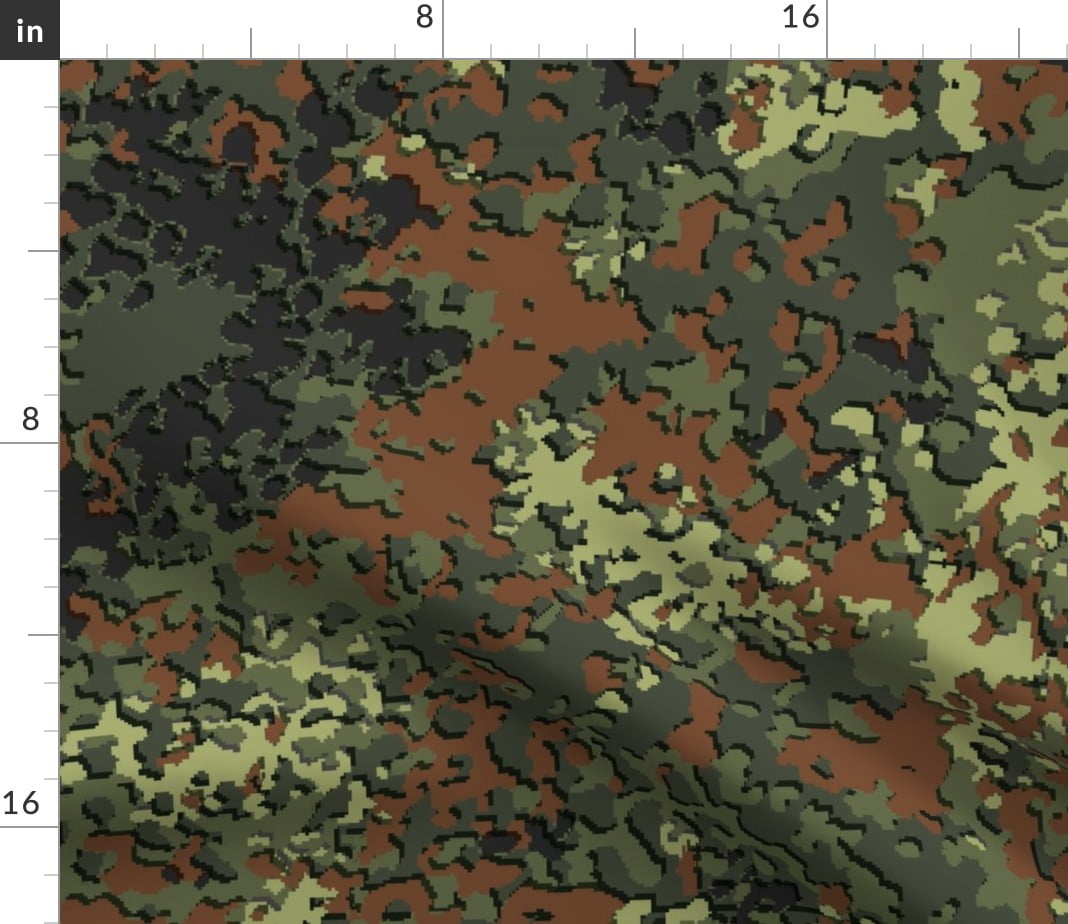


Since then, many countries have adopted pixelated or "digital" camouflage designs, some quite effective, and others having a closer relationship to modern fashion than pragmatic camouflage design.
#DIGITAL CAMOUFLAGE FREE#
Primary Arms Digital Camouflage Tactical Stencil 7.5'x10' 27 1999 Get it Fri, Sep 2 - Thu, Sep 8 FREE Shipping Small Business Redleg Camo DIG3 14' Digital camo 3 Piece Stencil kit 134 1299 (6.50/Item)14. This was followed by the MARPAT design of the US Marine Corps, which in fact is a direct derivative of the original Canadian pattern. 1-48 of 139 results for 'digital camouflage stencils' RESULTS Price and other details may vary based on product size and color. The first country to adopt a true digital pattern was Canada, which introduced its CADPAT (Canadian Disruptive Pattern) design in 1997. In fact, the patterns of squares (or whatever shape we use) is employed to model the texture of typical backgrounds using a mathematical function. 5 6 The pattern was chosen after laboratory and field tests from 2003 to 2004 showed it to provide the best concealment in many different operational environments. 'Digital' camouflage is actually a misnomer, based on the superficial resemblance of these patterns to quantized or coarse digital images. Although the term "pixelated" camouflage is more accurate, digital has become a part of the common vocabulary amongst military and collector communities it will undoubtedly remain in common parlance for as long as pixelated designs continue to be produced. The Universal Camouflage Pattern ( UCP) is a digital military camouflage pattern formerly used by the United States Army in their Army Combat Uniform. In its common usage, however, the term digital has come to refer to any camouflage design that incorporates pixels rather than organic shapes to create the design. The theory behind micropatterns is that large blotches of color with sharp outlines are easier to see, while "blurring" or "dithering" the edges of the colored patches makes the outlines more difficult to discern. Contemporarily, the most accurate definition would be a camouflage pattern that has been designed using computer algorithms that are programmed to create micropatterns for effective disruption (conventional, analog and/or organic camouflage designs utilize macropatterns). The term "digital" in reference to camouflage design has had several meanings throughout the modern era.


 0 kommentar(er)
0 kommentar(er)
